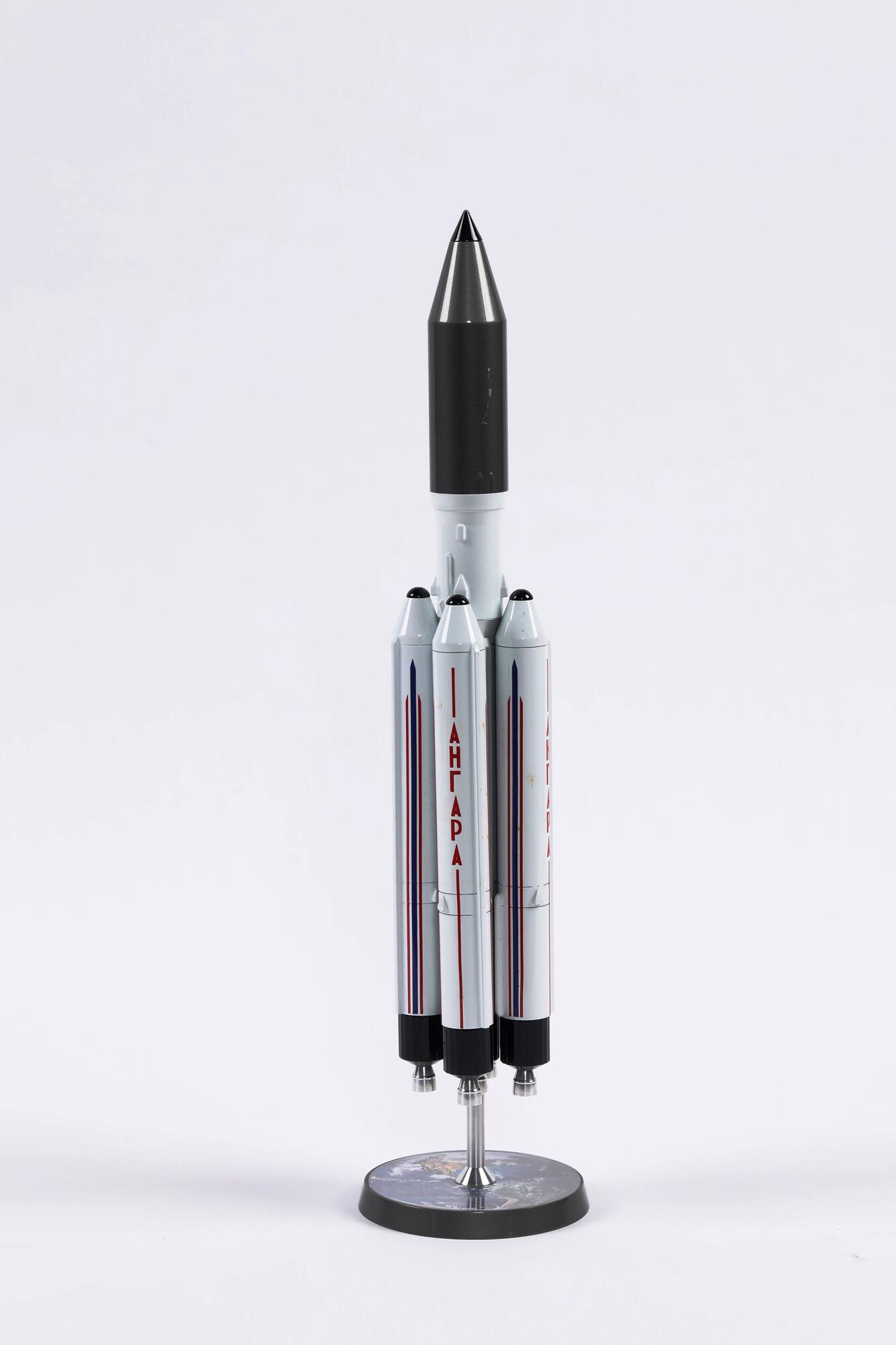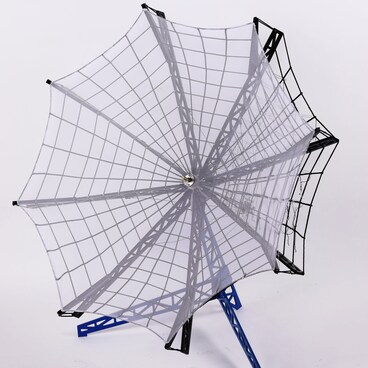Angara is a family of Russian booster rockets. They are characterized by their modular design — each rocket is composed of a number of universal rocket modules (URMs). By using a different number of URMs, it is possible to build light (Angara 1 and 2) medium weight (Angara 3) and heavyweight (Angara 5) rockets. Work on designing the Angara rockets began in the 1990s, in the M.V. Khrunichev State Space Research and Production Center. A number of factors dictated the need for a new rocket. Currently Russia’s most powerful rocket is the Proton-M heavyweight booster rocket. However the only launch pads for these rockets are located at the Baikonur cosmodrome in Kazakhstan, which imposes certain limitations on their use. A new launch pad for Angara rockets has now been constructed at the Plesetsk cosmodrome in Arkhangelsk region, and another launch pad is under construction in the Vostochny cosmodrome in Amur region. The use of the Angara rockets allows Russia to launch large spacecraft from sites within its own borders.
Another advantage of the Angara rockets is that their components and the kerosene and liquid oxygen-based fuel used to power them are less damaging to the environment. The Proton rockets are fueled by unsymmetrical dimethylhydrazine (or heptyl) — a highly toxic substance.
The modular system makes it possible to construct the Angara rockets more cheaply and simply. Polyot, in Omsk, where the rockets are currently under production, plans to make up to 100 URMs a year.
The Angara-A5 is a heavy version of the rocket designed to carry payloads from 24 to 37.5 tons into low earth orbit or from 2.8 to 8 tons into geostationary orbit (mainly used for telecommunications satellites). The first test launch of an Angara-A5 rocket took place on December 23, 2014. The launch was successful and the two-ton dummy payload entered into orbit. Following final testing and the beginning of full-scale production, by the mid 2020s it is planned that Angara will become Russia’s main rocket for launching satellites and manned spacecraft, including for missions to the Moon.
Another advantage of the Angara rockets is that their components and the kerosene and liquid oxygen-based fuel used to power them are less damaging to the environment. The Proton rockets are fueled by unsymmetrical dimethylhydrazine (or heptyl) — a highly toxic substance.
The modular system makes it possible to construct the Angara rockets more cheaply and simply. Polyot, in Omsk, where the rockets are currently under production, plans to make up to 100 URMs a year.
The Angara-A5 is a heavy version of the rocket designed to carry payloads from 24 to 37.5 tons into low earth orbit or from 2.8 to 8 tons into geostationary orbit (mainly used for telecommunications satellites). The first test launch of an Angara-A5 rocket took place on December 23, 2014. The launch was successful and the two-ton dummy payload entered into orbit. Following final testing and the beginning of full-scale production, by the mid 2020s it is planned that Angara will become Russia’s main rocket for launching satellites and manned spacecraft, including for missions to the Moon.



